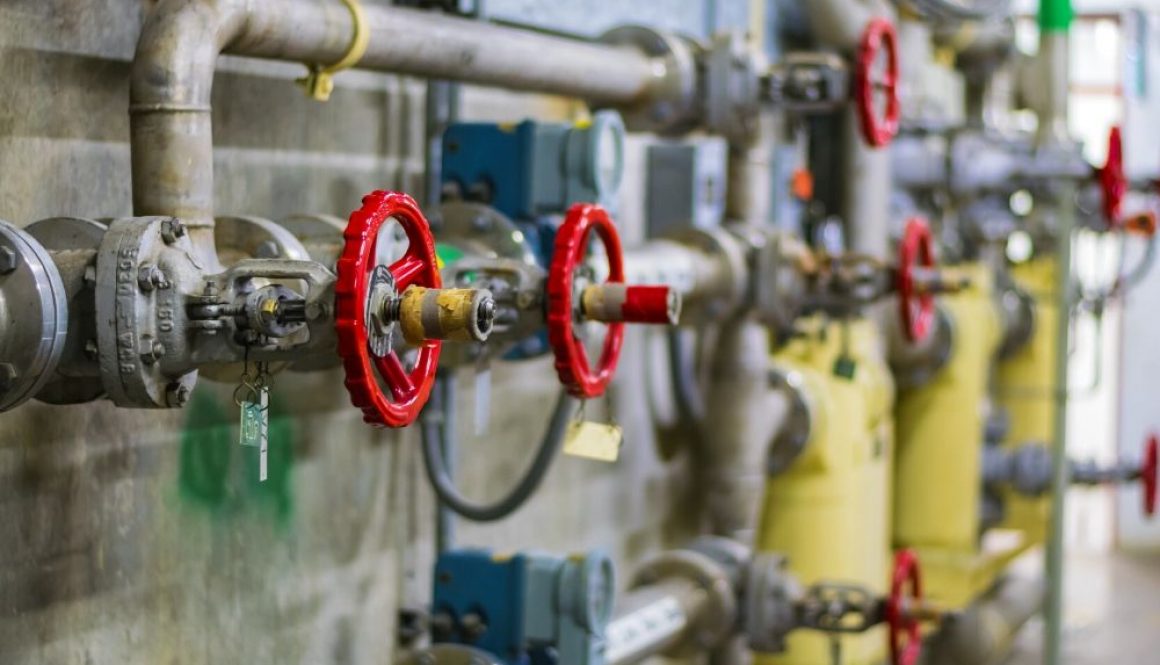Control valves play a critical role in maintaining plant efficiency and safety. As time passes, however, the performance of these valves can diminish. Fortunately, there are ways to prevent this and ensure optimal performance. Regular maintenance, timely inspections, and updates to the valve’s design are all essential steps to ensure the longevity of your valve and its performance. The right maintenance and care will keep your control valves in top condition and maintain the highest efficiency level.
There are many ways to optimize control valve performance in your plant. By taking the time to understand the underlying components, you can improve the operation of your valves, ensuring they are working at peak efficiency. The following tips will help you get the most out of your control valves:
Minimize Contamination
Most control valve problems stem from contamination damage caused by the combination of particles, moisture, and oil droplets in the air that flows through the valve. This substance accumulates in the valve’s orifice, resulting in unreliable valve operation and issues with the pneumatic signal. Over time, this build-up will cause the valve’s performance to deteriorate and negatively impact system performance. Therefore, to prevent or reduce these problems, it is essential to regularly inspect and clean control valves to ensure they are functioning correctly.
Minimizing the effects of potentially damaging air in your plant is essential to keep your equipment running smoothly and efficiently. This can be accomplished by installing an inline filter upstream of the control valve, which will help reduce contaminants and ensure optimum performance and longevity. Using an inline filter can help protect your plant from the damaging effects of dirty air and ensure its continued success.
Preventing Damage from Vibrations
For a control valve to work correctly, the linkage within the assembly must provide accurate feedback on the valve’s position for the control instrument to control it accurately. Unfortunately, vibrations in the assembly can cause significant damage and wear and tear to the linkage, resulting in it failing to provide the required feedback. As a preventative measure, ensure that the linkage undergoes regular inspection and maintenance in order to maintain proper functioning.
Proper Monitoring and Diagnostics
Ensuring immediate maintenance is essential to optimizing the performance of any valve in your plant. When it comes to obtaining the most up-to-date diagnostic information, it is vital to explore the many technologies available that can be used to monitor the performance of the control valve in your plant. With the right information, you can quickly identify and promptly address issues to ensure optimal performance.
With the data collected from advanced valve monitoring technologies, plants can ensure their valves function optimally and identify minor issues before they cause significant problems. Valve failure and unexpected downtime can be prevented by providing the right maintenance services at the appropriate time. This allows plants to operate more efficiently and cost-effectively in the long run.
Choosing the Right Control Valve
Choosing the suitable valve is essential for optimizing your plant’s performance. According to an article, the control valve is critical in this optimization, but only when the right valve is used. Therefore, to ensure the optimal performance of your valve and your plant, it’s essential to choose the best valve for your particular application. Doing so will ensure your plant’s performance, safety, and reliability.
If you want to find the proper control valve for your plant, it is important to consider the system you are operating. Certain control valves are designed with specific materials for specific applications, and the valve’s size must match the pipe’s size for optimal performance. To ensure you are selecting the proper control valve for your needs, you should consider several other factors. For more information on choosing the suitable valve for your plant, contact BCST at www.bcstvalve.com.
Once you’ve selected the right control valve, regularly perform performance tests and audits to ensure its optimal condition. These tests provide valuable insights into any potential control issues, enabling you to anticipate and prevent any decreases in performance before they occur. Above all, regular testing and auditing will help you stay on top of the condition of your control valve.
Maintaining your control valve’s performance is critical for any plant’s successful operation. By following the tips above, you can ensure that your control valve is functioning optimally and can maximize the efficiency of your operations. In addition, regular maintenance and inspections of the control valve can prevent costly breakdowns and improve the system’s overall performance. With proper care, your control valve can provide reliable service and optimal performance for many years.
Contact us today to learn more about the wide selection of control valves and other products offered at BCST. Our experienced team can help you find the perfect solution for your application, providing you with the best quality products, unbeatable prices, and outstanding customer service – all in one place! Let us help you find the ideal solution based on your requirements.

